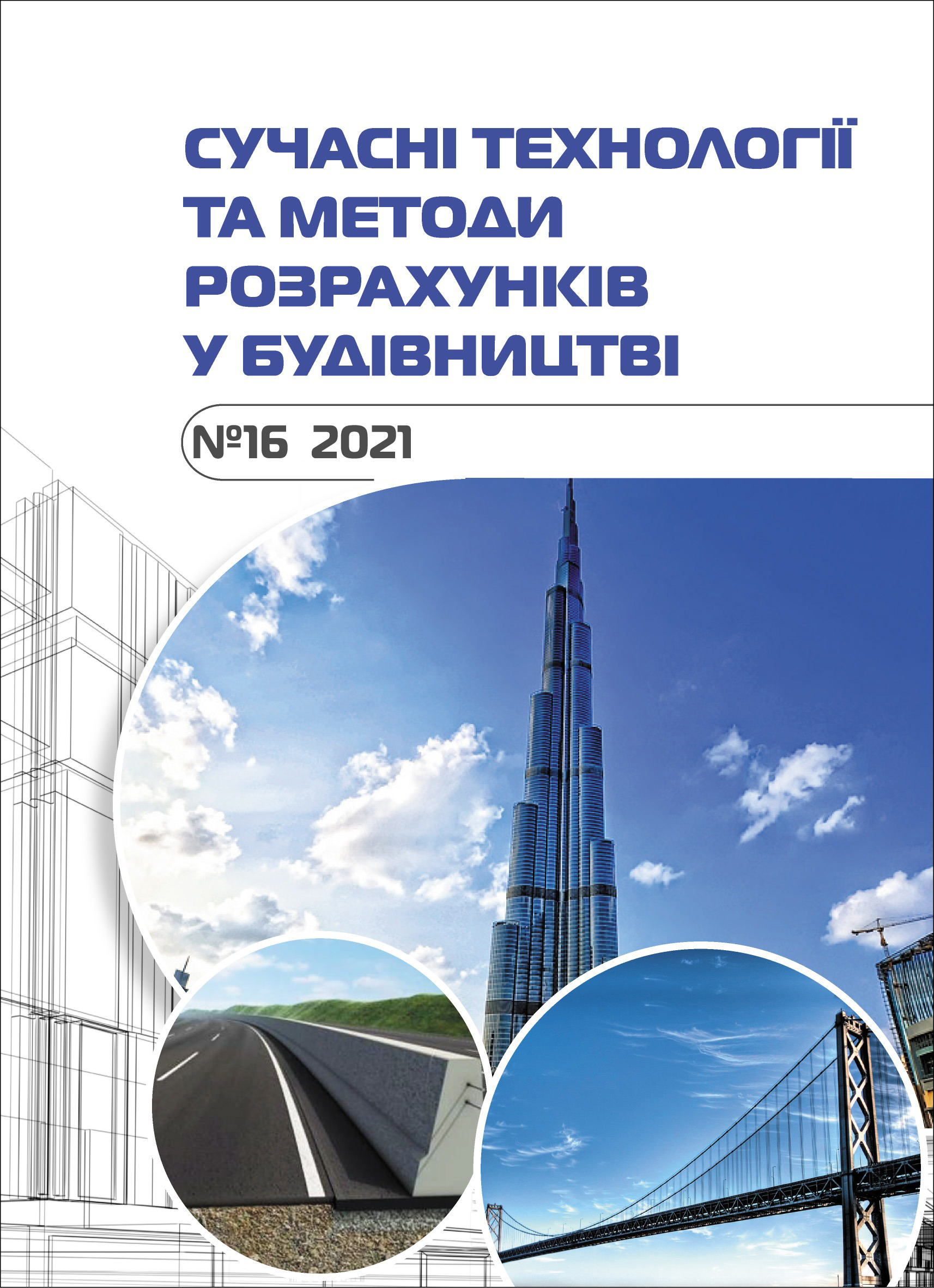Landform approach at design as a conception of modernity
Abstract
As for today the land form architecture at the level of design and spatial organization of an object implements the idea of interaction in the system "man - nature - architecture". The land form architecture allows the architects to design building and environment, that evolves in time, complies with natural, climatic changes and customer's requirements. Such architecture opens new possibilities for interrelations between nature, man and artificial environment. Prerequisites to the land form development of architecture that resulted from global ecological problems in the world, are qualified as the ecological, economic, bioclimatic and psychological pre-conditions.
It is determined that design of buildings based on the land form approach takes place by means of land topography, that is the most stable component of landscape, determined by slopes and has a various structure. Relief is characterized by superficial and underground water, vegetation, soil. It is set that building of objects of the land form architecture is directly related to the topography of locality and the existent ecological state of territory that is its natural and climatic factors must be analyzed.
It is determined that whilst designing of the land form buildings it is possible to meet two fundamental approaches: use for object building the existent natural relief and creation of artificial relief and integration of a building in such relief basing on town-planning, composition, economic and other considerations.
Basing on the empiric experience analysis of the land form buildings, it was educed that the semideepen buildings are the most widespread, they take advantage as for creation of microclimate, insolation, wind shield, energy-savings, ecological compatibility, helio-protection, visual comfort and rational use of territory. It is determined that the land form architecture is characterized by visual disappearance of building and loss of traditional architectural form - facades.
Thus, the basic task of such buildings is submission of their volumes to the relief form, character individuality, integrity of perception of the object in the context of nature, and also creation of the comfort biopositive building. School of the land form architecture opens new possibilities for interrelation between nature, man and artificial environment.








